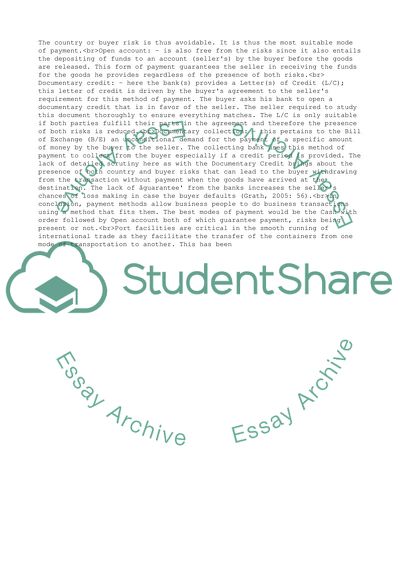Cite this document
(Global Trade Operations Essay Example | Topics and Well Written Essays - 1750 words, n.d.)
Global Trade Operations Essay Example | Topics and Well Written Essays - 1750 words. https://studentshare.org/business/1763669-global-trade-operations
Global Trade Operations Essay Example | Topics and Well Written Essays - 1750 words. https://studentshare.org/business/1763669-global-trade-operations
(Global Trade Operations Essay Example | Topics and Well Written Essays - 1750 Words)
Global Trade Operations Essay Example | Topics and Well Written Essays - 1750 Words. https://studentshare.org/business/1763669-global-trade-operations.
Global Trade Operations Essay Example | Topics and Well Written Essays - 1750 Words. https://studentshare.org/business/1763669-global-trade-operations.
“Global Trade Operations Essay Example | Topics and Well Written Essays - 1750 Words”. https://studentshare.org/business/1763669-global-trade-operations.


